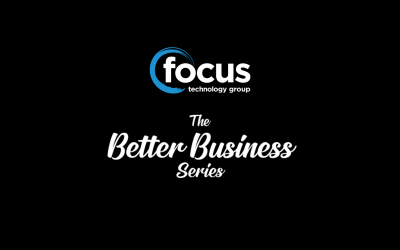
Have you been depending on Excel as your business administration tool for ‘too long’? That’s the case for many businesses.
Despite being a relatively light piece of software, Excel can be used to accomplish a menagerie of tasks; from invoicing and basic accounting to list making and report building. The honest truth is that Excel was never designed to do a lot of the things we use it for today.
After a year or two, most businesses seem to recognise the need for a purpose built accounting system to take care of financials and provide a robust audit trail; yet where stock is involved many wholesalers seem content to struggle on with tools that require either a great deal of manual input or that just aren’t up to the task.
Taking charge of stock control can be the difference between running a profitable business and a floundering one.
It’s all well and good using Excel as your inventory management system when you only have a handful of jobs or clients, but if you are a wholesaler and your business is expanding, there’s simply no way you can manage a warehouse with ‘pen and paper’. There a too many variables and too many hidden costs for that to be a profitable solution in the long term.
Fortunately there is a better way. Integrate stock control as part of your business’ workflow and the benefits are quick to follow. Accurate, real time information on stock means less wastage, better response times for customers, more detailed intelligence on your most profitable lines and, ultimately, the freedom to focus on building your business.
Insight-driven inventory management lets businesses move on from the reactive processes of the past and become forward looking and proactive. This approach can result in substantial reductions in cost of goods sold (COGS) and marked increases in gross margin return on inventory (GMROI).
Five benefits of insight-driven inventory management:
- Improves customer service and loyalty – As consumers themselves, businesses understand that shoppers expect that what they’re looking for is in stock. Retailers need to meet this expectation without carrying so much stock that they end up with a negative return on inventory investment. By offering the right inventory to the right customers at the right time, with an optimised time-phased plan, businesses can find the right balance of consumer demand and inventory costs.
- Reduces stock-outs and overstocks – Industry experts agree that overstocks and stock-outs are the most significant contributors to profit erosion. The cost of stock-outs extends well beyond the lost sales – they diminish brand equity and decrease the effectiveness of promotions. They also create a damaging rippling effect by distorting demand, which can lead to inaccurate forecasts. By automating the inventory planning process, businesses can take the guesswork out of purchasing and greatly reduce these problems.
- Lower inventory costs – Businesses using intelligent data to order and allocate merchandise will quickly reduce their inventory expenses. And with a demand forecasting tool, businesses can generate accurate forecasts that help optimise their inventory levels, and ultimately increase sales and profit.
- Synchronises supply and demand – integrated inventory planning can give businesses the insights into how fluctuations in supply and demand affect the inventory. Business can then focus on improving internal and external communications within their supply chain, and use this as a springboard for success. A supply chain can offer more value when it is responsive. An integrated business management solution enables companies to better understand the balance between supply and demand and efficiently deliver products to consumers. It’s important to be flexible to consumer demand, and efficient inventory management will dramatically speed up the order-to-shelf time.
- Streamlines inventory planning – The inventory planning process can become convoluted if systems and processes are not in place. Extending the inventory planning process helps coordinate all planning and execution functions, and helps bring businesses closer to the consumer. The inventory planning process can also be extended to include transportation planning. To further streamline inventory operations, an integrated inventory management solutions can bring all the touch points of inventory planning together.
Insight-driven inventory management is helping businesses reach their crucial financial targets. By bringing intelligence and visibility into their inventory management they’re delivering substantial cost savings and significant increases in profits.
With improved visibility into supply and demand, businesses can make critical decisions about where to reduce inventory and still maintain the highest level of customer service. Integrated inventory planning tools provide the forward-looking data and intelligence that allow businesses to be proactive about the future instead of being reactive based on the past.
Find out more about inventory management & stock control
Ask us about how stock control can improve the efficiency of your business, or read this whitepaper to find out more about maximising profitability from your inventory.






